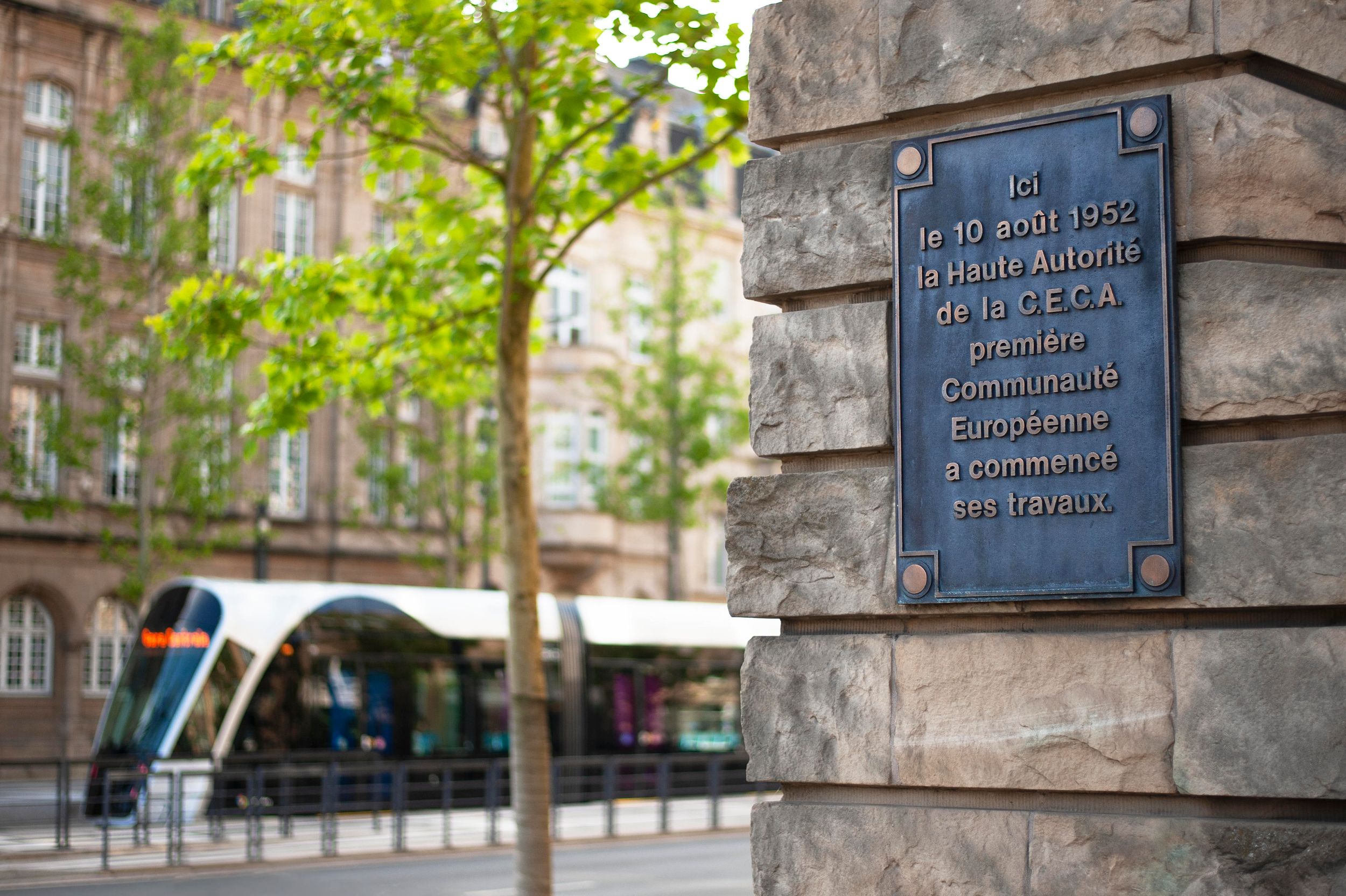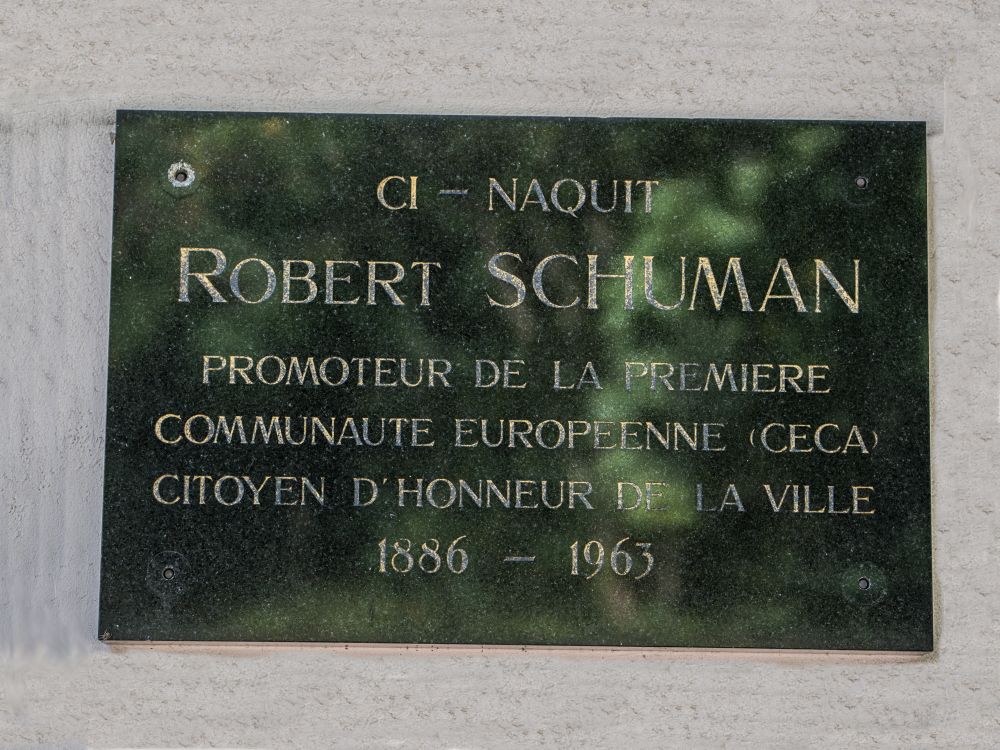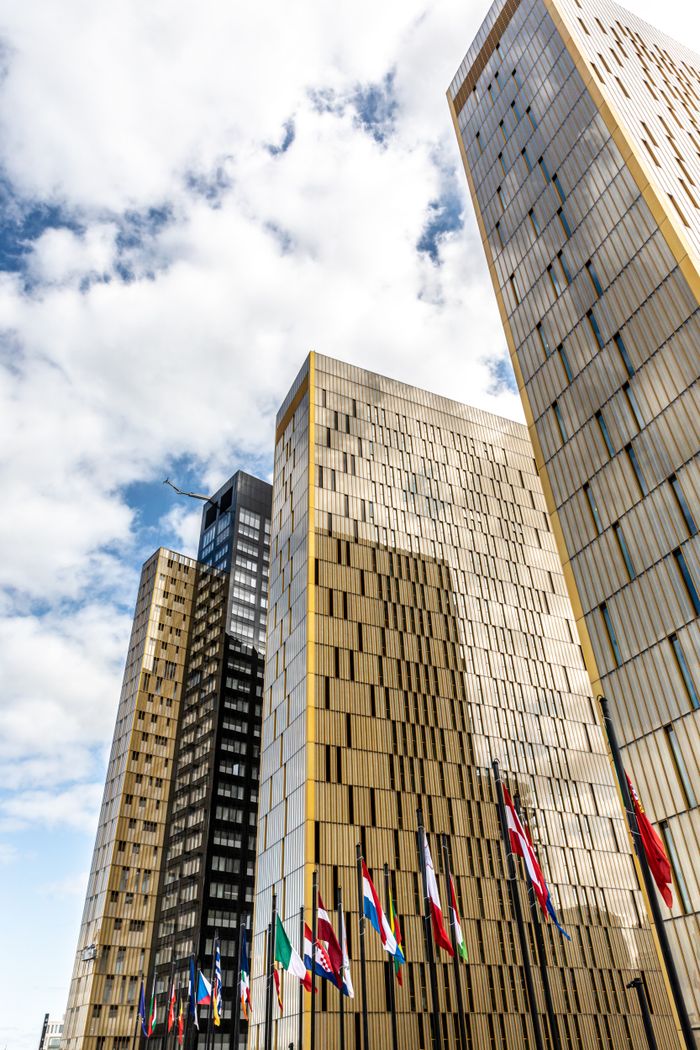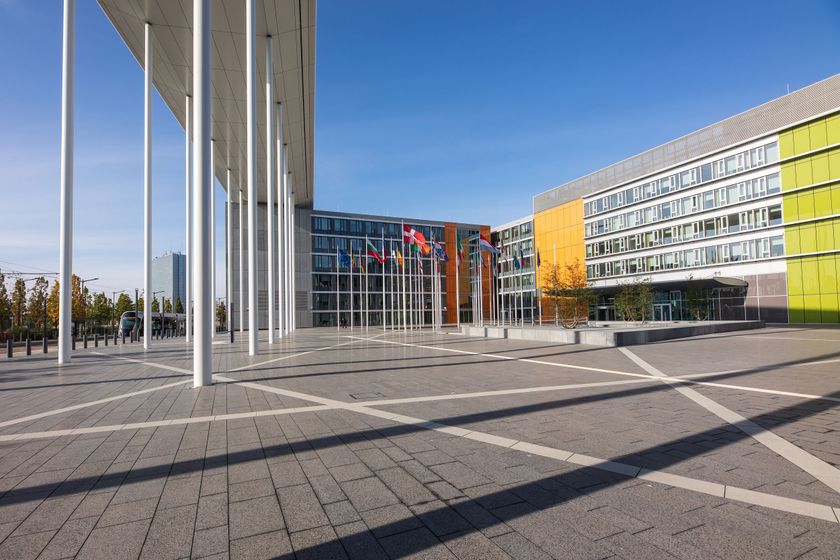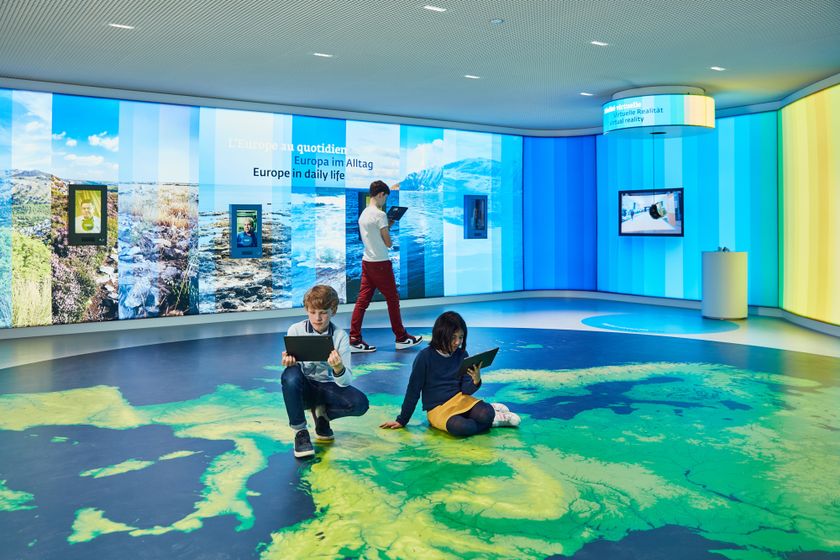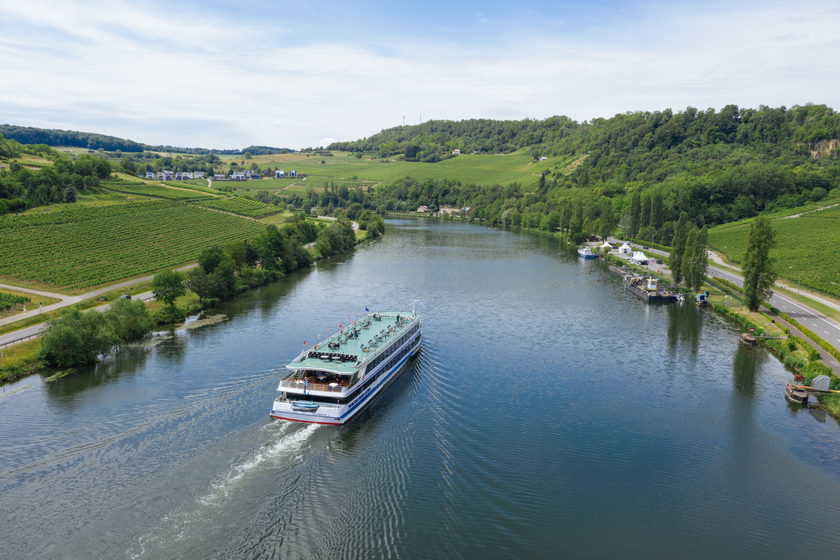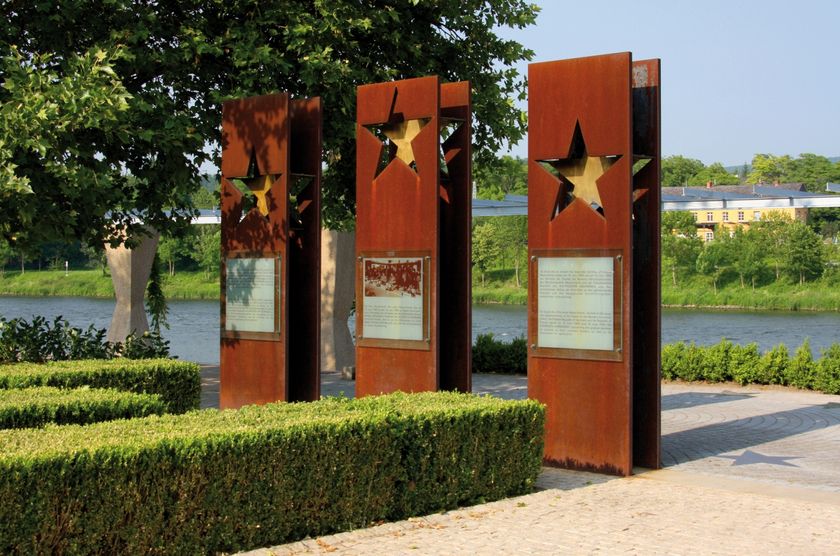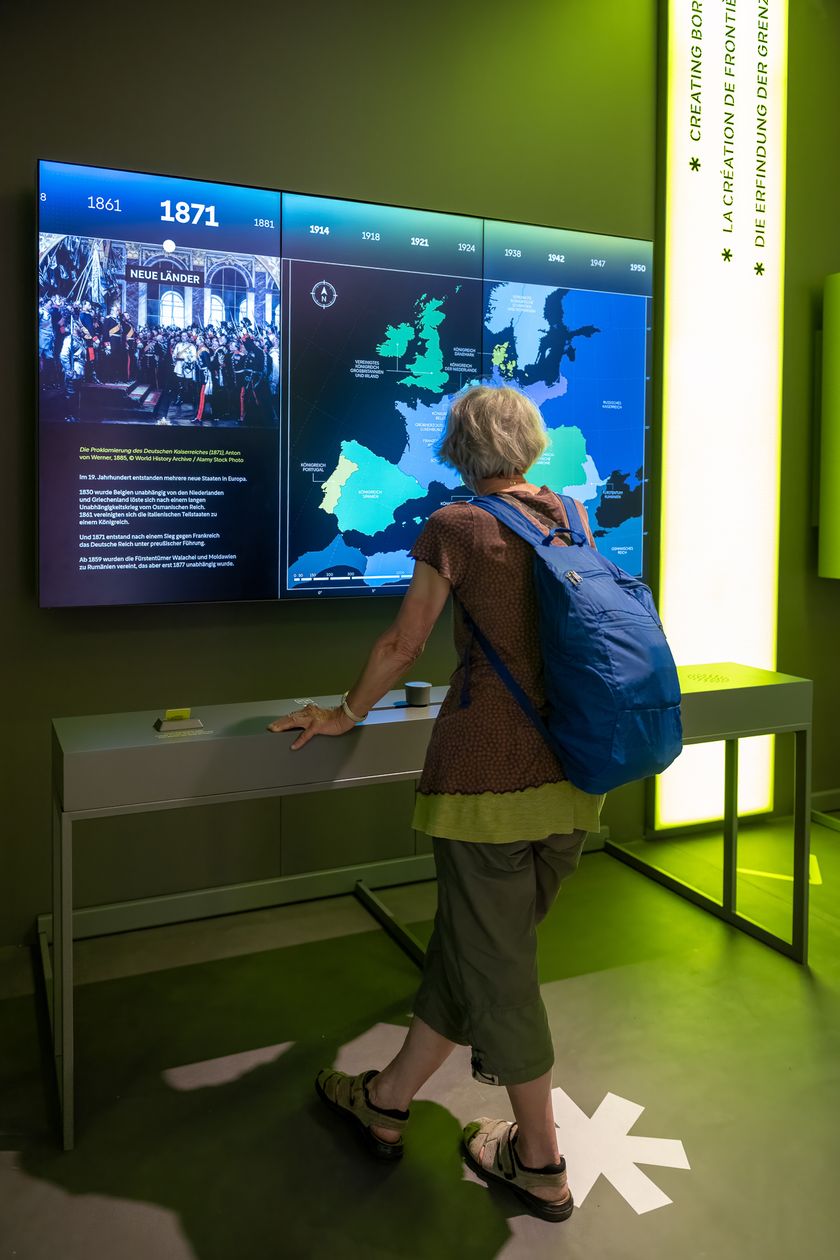In 2022, Luxembourg and the EU celebrate 70 years of the first European institution, the High Authority of the European Coal and Steel Community (ECSC).
Surprisingly, it’s at the Hotel de Ville of the Luxembourgish capital, in Place Guillaume II, where, on July 23, 1952, France, Germany, Italy, Belgium, the Netherlands, and the Grand Duchy signed the treaty establishing a single market of coal and steel to last for duration of 40 years.
The ECSC was headquartered in the Place de Metz, in the buildings that are currently occupied by the Banque et Caisse d’Épargne de l’Etat (the Luxembourg State and Savings Bank).
A plaque commemorates the existence of this supranational organization, a pioneer of European unification, that was dissolved on July 23, 1992, as foreseen by the signatories.
Born in Luxembourg in 1886, Robert Schuman, the French minister for foreign affairs at the time, was one of the main initiators and architects of the construction of European unification.
